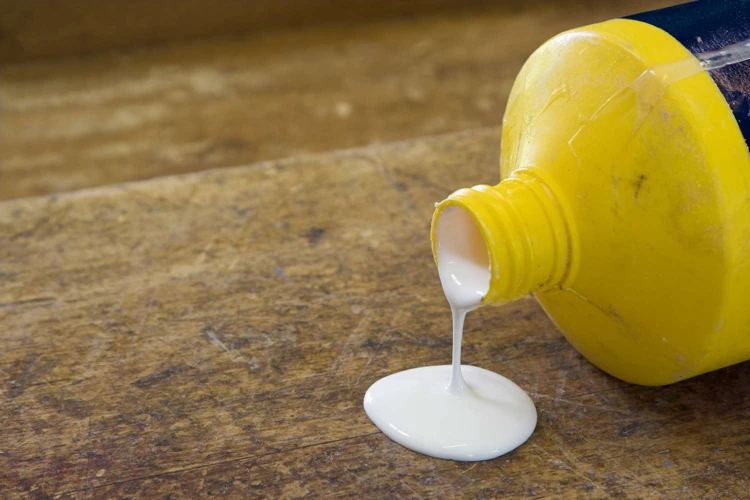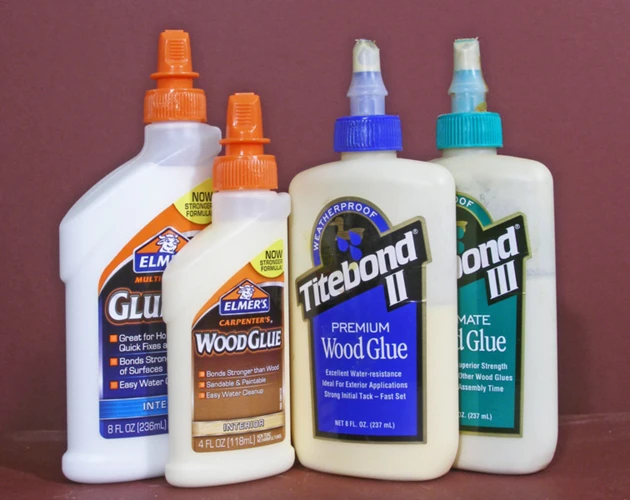Adhesives are vital to our daily lives, often going unnoticed as they hold together everything from furniture to footwear. While modern society frequently turns to synthetic options, the use of natural adhesives dates back centuries. In this exploration, we dive into the components and origins of these essential substances.
What is Natural Glue?
When we refer to what is natural glue, we’re talking about adhesives derived from organic sources, such as plants, animals, or minerals. These materials have been used since ancient times to bond objects together. Unlike their synthetic counterparts, they are often biodegradable and non-toxic, making them an attractive option for eco-conscious applications.
Is Glue a Natural Resource?
The question of is glue a natural resource is a nod to the historical use of naturally occurring substances for adhesive purposes. Indeed, natural glue is a resource that has been harnessed from the environment without the need for synthetic chemistry, showcasing its sustainability and environmental friendliness.
The Role of Natural Elements in Adhesives
Nature offers an abundance of materials that have been utilized for their sticky properties, and understanding these can help us appreciate the ingenuity of our ancestors and the potential for future sustainable solutions.
What Elements Make Up Glue?
The answer to what elements make up glue lies in the variety of natural substances that exhibit adhesive qualities. These include proteins, starches, resins, and gums – all of which are found in abundance across the natural world and have been adapted for use in glue formulations.
Natural Adhesives: Strengths and Limitations
- Strengths: Eco-friendly, non-toxic, renewable, and often biodegradable.
- Limitations: Generally less water-resistant and durable than synthetic adhesives, and some may have a shorter shelf life or require specific conditions for storage.
Natural Adhesive Obtained from Milk Protein
Milk protein offers a fascinating example of a renewable source of adhesion, blending historical practices with modern applications.
Casein Glue: A Milk Protein-Based Adhesive
A notable natural adhesive obtained from milk protein is casein glue. This type of adhesive is made from the protein found in milk, providing a strong and natural bond that has been used for centuries, particularly in woodworking and paper products.
Casein Glue Advantages and Disadvantages
When considering casein glue advantages and disadvantages, it excels in non-toxicity and strength, particularly when bonding porous materials. However, it can be sensitive to moisture and may not be suitable for outdoor applications, illustrating the balance that must be struck when choosing adhesives.
Ingredients of Glue: Exploring Natural Substances
The ingredients of glue sourced from nature are diverse, with each offering unique properties that can be harnessed for specific adhesive needs.
Natural Glue from Plants
Natural glue from plants is derived from sources such as sap, roots, or seeds. These botanical adhesives have been used by various cultures for millennia, offering a renewable and sustainable option for today’s eco-conscious society.
Natural Glue from Trees
Similarly, natural glue from trees, such as pine resin or latex from rubber trees, has provided humanity with sturdy adhesives. Tree-based glues are celebrated for their capacity to create strong bonds and withstand the test of time.
Natural Glue for Wood and Other Materials
The application of natural adhesives extends beyond just paper products to more substantial materials like wood, demonstrating the versatility of these substances.
Utilizing Natural Glue in Woodworking
When it comes to woodworking, natural glue for wood is not just a historical footnote but a practical choice for craftspeople who value sustainability. These adhesives can be particularly effective in furniture making and restoration.
Comparing Natural and Synthetic Wood Adhesives
A comparison between natural and synthetic adhesives reveals trade-offs in terms of environmental impact, toxicity, and performance, with natural options often preferred for their ecological benefits.
DIY Natural Adhesive Recipes
The ability to create your own adhesive at home offers a satisfying and environmentally responsible project.
How to Make Your Own Natural Glue
Creating a homemade natural adhesive can be as simple as mixing common household ingredients. This DIY approach allows you to tailor the glue to your specific needs and avoid harmful chemicals.
Eco-Friendly and Sustainable Alternatives
Seeking out eco-friendly and sustainable alternatives for adhesion not only benefits the environment but also aligns with a growing movement towards greener living practices.
Choosing the Right Natural Glue for Your Project
Selecting the appropriate adhesive is crucial for the success of any project, especially when working with natural options.
Assessing the Bonding Requirements
Understanding the demands of your project, such as the materials involved and the conditions they will face, is key to choosing the right natural adhesive that will provide the necessary performance.
Application Techniques for Natural Glues
Applying natural adhesives effectively requires knowledge of the material’s properties and the correct techniques to ensure a strong and lasting bond.
Environmental Impact and Sustainability of Natural Adhesives
The shift towards natural adhesives is driven by the desire to reduce the environmental footprint of our activities and create a more sustainable future.
Biodegradability and Eco-Friendliness of Natural Glues
The biodegradability and eco-friendliness of natural glues are significant advantages, as these materials break down naturally without leaving harmful residues in the environment.
Crafting and DIY projects often require a strong adhesive, and it’s interesting to learn about the natural materials that make up glue. For specific adhesive needs, you can explore our comprehensive guides. If you’re looking to attach stones in your next project, discover which adhesives work best with our article on what glue works on rocks. If you’re venturing into the world of fabric art, you’ll find our tips on how to glue crystals to fabric invaluable. And for those curious about the production process of one of the most common adhesives, check out our deep dive into how hot glue is made. Each of these articles will give you insights into the world of adhesives and how to use them in your creative endeavors.
The Future of Natural Adhesives in a Sustainable World
As we move towards a more eco-conscious society, the role of natural adhesives will likely grow, offering a viable path towards reducing our environmental impact while maintaining the strength and reliability we require.


